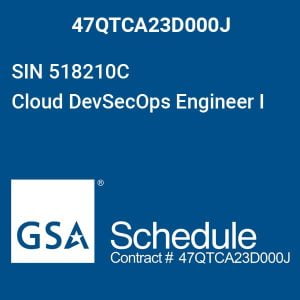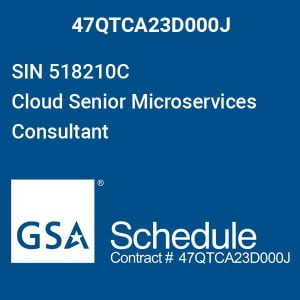GSA Schedule History
The GSA Schedule history, sometimes referred to as the Federal Supply Schedule and the Multiple Award Schedule (MAS), is an extensive government-wide contract with private businesses that gives the government access to millions of commercial goods and services at reasonable and equitable prices. MAS uses cutting-edge technology to link government buyers and industry, making purchasing simple and effective.
GSA ORIGINAL MISSION
Castillo Technologies, LLC dba Cloud Computing Technologies
GSA EVOLUTION THROUGH THE YEARS
One of the most well-liked government contract vehicles is the GSA Schedules program because it makes it simple for government buyers to promptly procure millions of solutions at reduced charges. Through the history of the GSA Schedules program, nearly 12,000 vendors get almost $36 billion in annual contracts.
WHO ARE THE GSA SCHEDULE CONTRACTORS?
Fortune 500 enterprises and small, growing businesses with locations both domestically and abroad are among the GSA Schedule contractors. A GSA Schedule contract can be held by a corporation for up to 20 years after it is awarded, making it an advantageous long-term alliance between government organizations and commercial enterprises.





